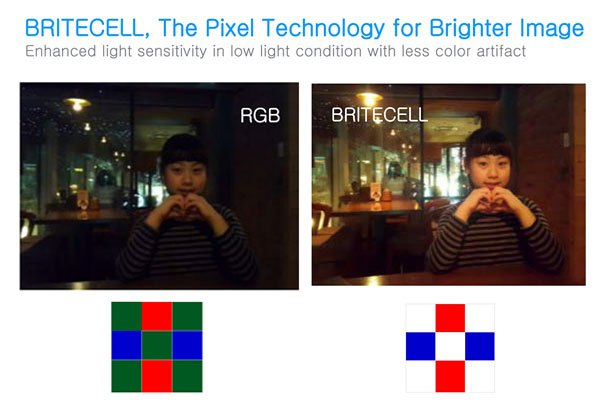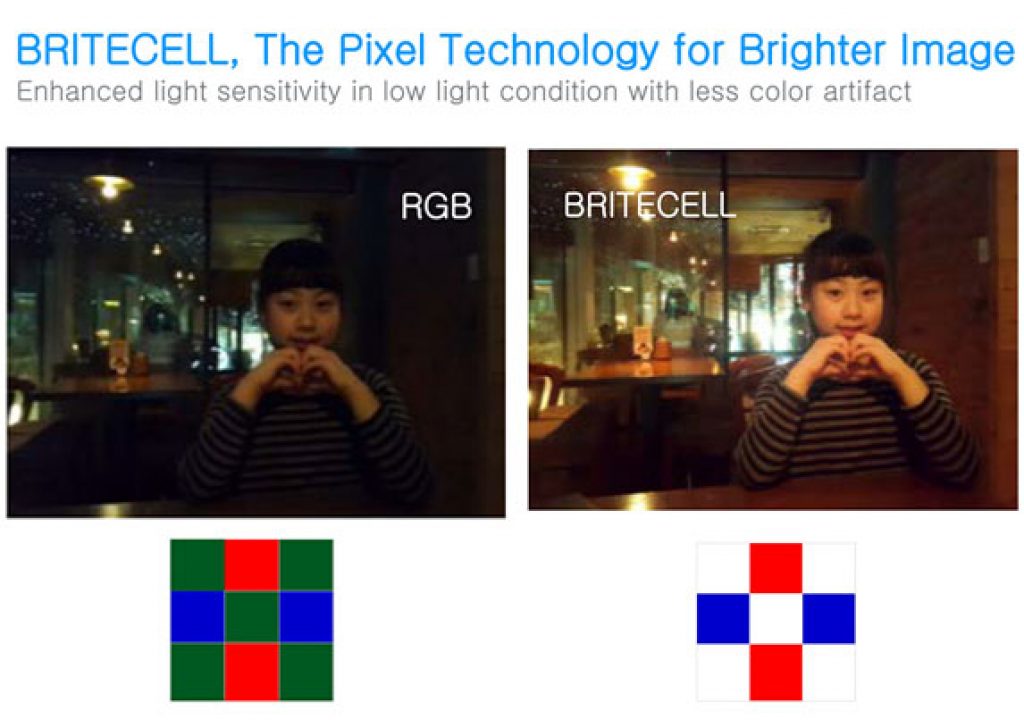
Rumours from the last months became real: Samsung, apparently, is quitting the market they wanted to conquer only a decade ago. But they may have a secret weapon, their new sensor, Britecell.
The rumours about Samsung exiting the photography market became a real fact last November, when the company announced it was quitting some of the markets – Germany, UK, Norway, Portugal, Spain and others in Europe, at least – due to the decline in camera sales. But at the same time the company held their Samsung Investors Forum – November 16, to be exact – where they showed where they may be heading: smartphones with cameras that compete with photo cameras.
Knowing how Samsung presented themselves throughout all these years, it does not surprise me if Samsung declares, soon, that they want to be number one in the camera phone market. I remember well my first contact with a representative of the company, when they entered the photography market: I was told at the time that they would be one of the top players soon. It never happened, really, and Samsung kept pointing at different targets, from being number one to being number one in DSLRs, to being number one in compact or mirrorless cameras. Finally, they are number one at nothing, when it comes to photography, so they might well be looking elsewhere for a leading position.
Well, they may well have something when it comes to smartphones. According to the news presented at the said Samsung Investors Forum, they may be on the verge of becoming not only a provider or image sensors to some markets – they already claim they’ve the number one market share in China – but also as the company responsible for the introduction of a new sensor, Britecell, which is claimed to enhance low light sensitivity with less colour artefacts by replacing the green pixels with white pixels (RWB instead of RGB).
According to Kyushik Hong, VP of Marketing, Samsung System LSI, the company is in a good position to be a competitor to their Japanese competitor(s), as they also control the whole process of sensor production. The responsible from Samsung adds that “today’s subject is about mobile, so I’m pretty much focused on mobile application. But we do have – we do see a lot of opportunity in other applications as well. And automotive is one clear example and, again, combining some of the processing power that we can provide.”
One of the slides presented at the Samsung Investor Forum seems to support the reasoning behind the company’s bet in Britecell. The quality and resolution of the cameras used in smartphones have gone up quite fast, and they are real competitors for some camera models. From photography to video, we’ve seen what smartphones can do, so it is not hard to believe Samsung wants to return to an area where they have been more successful, and try to gain a leading position there.
The introduction of Britecell technology in Samsung’s line of smartphones is just one part of the whole story, though. If the sensor works as promised, we may see its technology applied in other sensors. On the other hand, according to recent rumours, Nikon is buying Samsung NX technology, so they are able to develop their own mirrorless system. What this means is that through this partnership Nikon will be free from using Sony’s sensors, at least for someof their models, something that would be rather interesting to see. Besides, this would give Nikon better tech in multiple areas, including video, something that may help to change the market landscape for the future. Let’s remember, though, that Samsung partnered with Pentax when they first came to the market, and that did not go as promised. The official announcement of this partnership, if it really exists, will be made at CES on January 2016, in Las Vegas.

